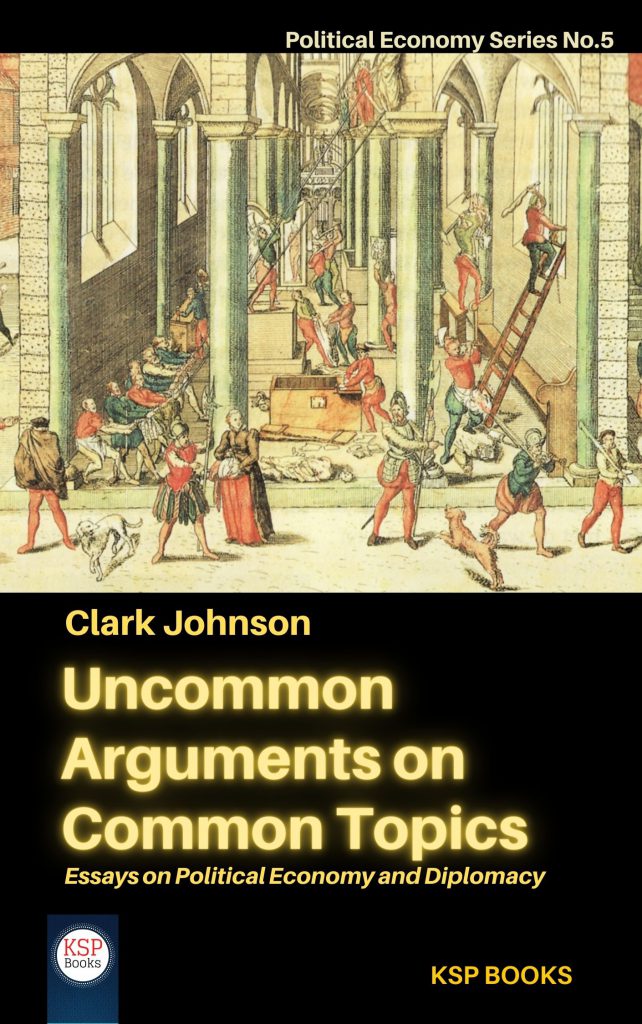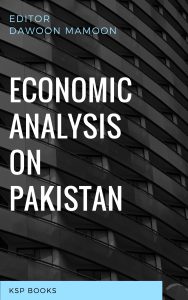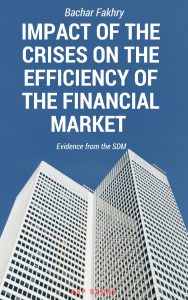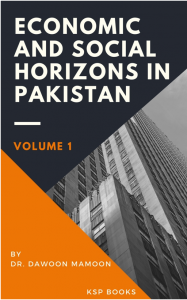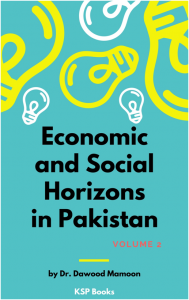Synopsis
I wrote decades ago on the causes of the Great Depression, emphasizing the roles of both the post-WW1 undervaluation of gold and the deflationary policies of the Federal Reserve and, even more, of the Bank of France. Since publication of Gold, France, and the Great Depression (1997), we have seen the Asian crisis of the late 1990s, the Great Recession of 2007-2009, a subsequent decade of slow growth, and the pandemic and subsequent inflation of 2020-2022. Contents here include comments on each of these. I also became interested in theoretical issues involving monetary and fiscal policy, especially as they appear in J.M. Keynes and in Robert Mundell. Elsewhere, it has loomed for me as an unfinished task to understand better why Cold War events, including Berlin and Vietnam, unfolded as they did. I include two papers here that are clarifying, including of the roles of US and international leaders. Finally, I spent years working on economic development and political reconstruction in the Middle East and central Asia, and include observations on what happened there and what should have been done differently.
In about 2009, I sent a note to Mundell observing that occasions Keynes cited in his Treatise on Money (1930) as evidence of monetary policy failure were anything but that. In the cases discussed, Keynes mis-interpreted or overlooked evidence. This matters because Keynes’ arguments then and later for fiscal intervention to overcome economic slowdowns followed similar inadequate summaries of monetary history. Mundell encouraged me to “write it up.” With delay, my article “Did Keynes Make His Case?” followed – and is included here as Chapter 1. It turns out that Keynes’ deeper argument had less to do with monetary economics (to which he made large contributions) than with doubts about capitalism and financial markets. These were frequent concerns during the depressionary Thirties; they led to much confusion, which unfortunately Keynes abetted, about the workings of monetary economics.
Mundell’s monetary and fiscal “policy mix” arguments have important implications for macroeconomic policy. Going back to the early 1960s, Mundell’s analysis was usually invoked – including by himself – in favor of the “supply-side” mix of tight money and easy fiscal policy, the last to include lower tax rates. The tight money/ easy fiscal mix was intended for a situation of stagflation – slow domestic growth, rising unemployment, and rising prices. But, as outlined in Chapter 2, there is a larger symmetry in the policy mix framework. Under conditions of low inflation and a rising national currency, easier money might be appropriate; and with monetary expansion, tax cuts would mean either over-heating or redistribution in favor of those with more income or wealth. The Trump tax cuts of 2017 came in a macroeconomic juncture for which a supply-side remedy was not suitable. <MORE…>
Contents
About the Author
ISBN
978-625-7501-75-0
Date of Publication
June 28, 2022
File Size: 4690 KB
Length: xiv + 333 pages
This work is licensed under a Creative Commons Attribution 4.0 International License.
